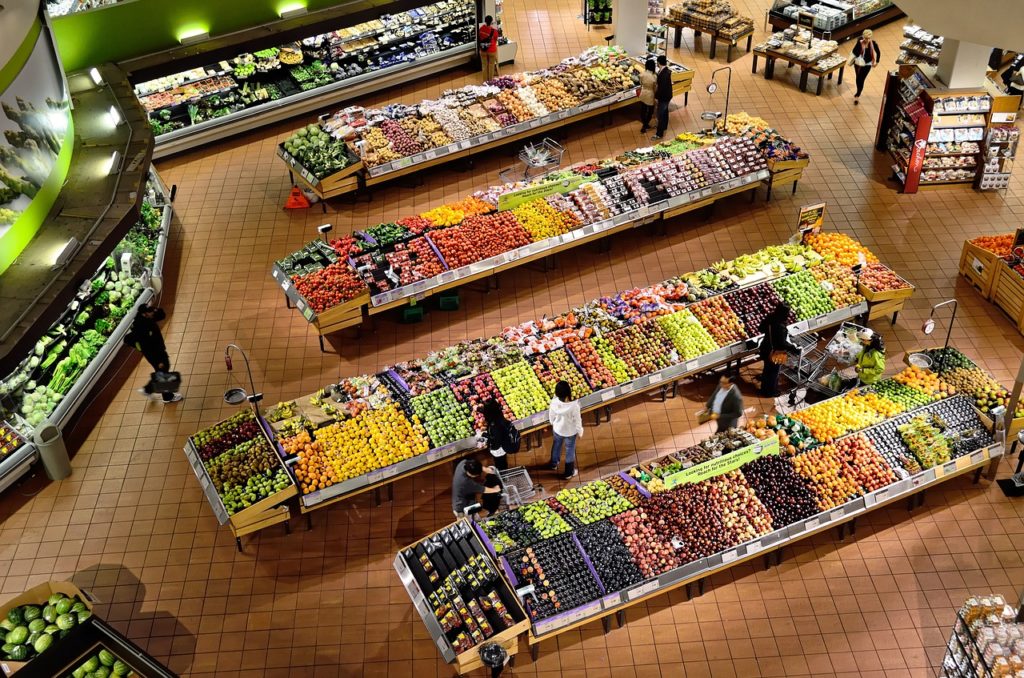Conventional wisdom says that the strength of a country’s agricultural sector best determines whether its people have access to health, nutritious food. A new study has determined that something else is at play.
One of the most comprehensive statistical analyses of drivers of food insecurity across 65 countries has concluded that household income consistently explains more discrepancy in food security than any other factor, including agricultural land resources and production.
The Thayer School of Engineering at Dartmouth study, “Cross-national analysis of food security drivers: comparing results based on the Food Insecurity Experience Scale and Global Food Security Index,” was recently published by the peer-reviewed journal Food Security.
Given the persistent issue of food insecurity — one of the United Nation’s sustainable development goals is to achieve zero hunger — the study’s results are vital in determining how best to tackle the complex problem, researchers said.
“We’re trying to inform international development efforts. There’s a long history of rich countries launching initiatives to help the developing world which aren’t very effective,” said co-author Lee Lynd, the Paul E. and Joan H. Queneau distinguished professor of engineering at Dartmouth. “If the real reason people are food insecure is that they’re poor, the best thing you may be able to do for them is to give them a job.”
“When we took a data-driven look at this, we found that the amount of money that households were actually spending on goods and services was by far the most important determinant of food security amongst the countries that we studied,” said first author Andrew Allee, Dartmouth Engineering PhD candidate.
At the cross-national level, the study concludes quantity and quality of a nation’s agricultural land were not predictive of national food security, and instead, the most effective strategies to improve food security will include measures to increase citizens’ capacity for consumption.
The researchers are quick to point out that no single metric can capture all dimensions of food security, but the models consistently showed that household spending, measured as per-capita household final consumption expenditure, was the single best predictor of food security, meaning an increase in income usually drives an increase in food security.
Allee and Lynd worked with Vikrant Vaze, the Stata Family Career Development Associate Professor of Engineering at Dartmouth, on linear regression models which used country characteristics to predict food security from the Food Insecurity Experience Scale and the Global Food Security Index, two well-known indicators of food insecurity. The 65 countries studied represent 56 percent of the global population.
—Source: Thayer School of Engineering at Dartmouth
Canada: Food Insecurity and the Pandemic
Canadians living in households that experienced food insecurity (insecure or inadequate access to food because of financial constraints) during the early months of the COVID-19 pandemic were significantly more likely to perceive their mental health as fair or poor and to report moderate or severe anxiety symptoms than Canadians in food-secure households. Approximately one in seven Canadians (14.6%) were estimated to live in a food-insecure household in May 2020.
A new study, released in Health Reports, is the first to examine the association between household food insecurity and self-perceived mental health and anxiety among Canadians during the COVID-19 pandemic. The study also estimated that 9.3% of Canadians living in food-insecure households reported having recently accessed free food or meals from a community organization.
Food insecurity has been associated with poorer diet quality and a variety of physical and mental health problems. In the context of the COVID-19 pandemic, the already stressful experience of food insecurity may be compounded further by physical and social isolation, worries about new health risks, and deepening financial insecurity.
This study found that, compared with individuals in food-secure households, Canadians in households that experienced moderate food insecurity during the previous 30 days were nearly three times as likely to self-perceive their mental health as fair or poor and to report moderate or severe anxiety symptoms.
—Source: Government of Canada













